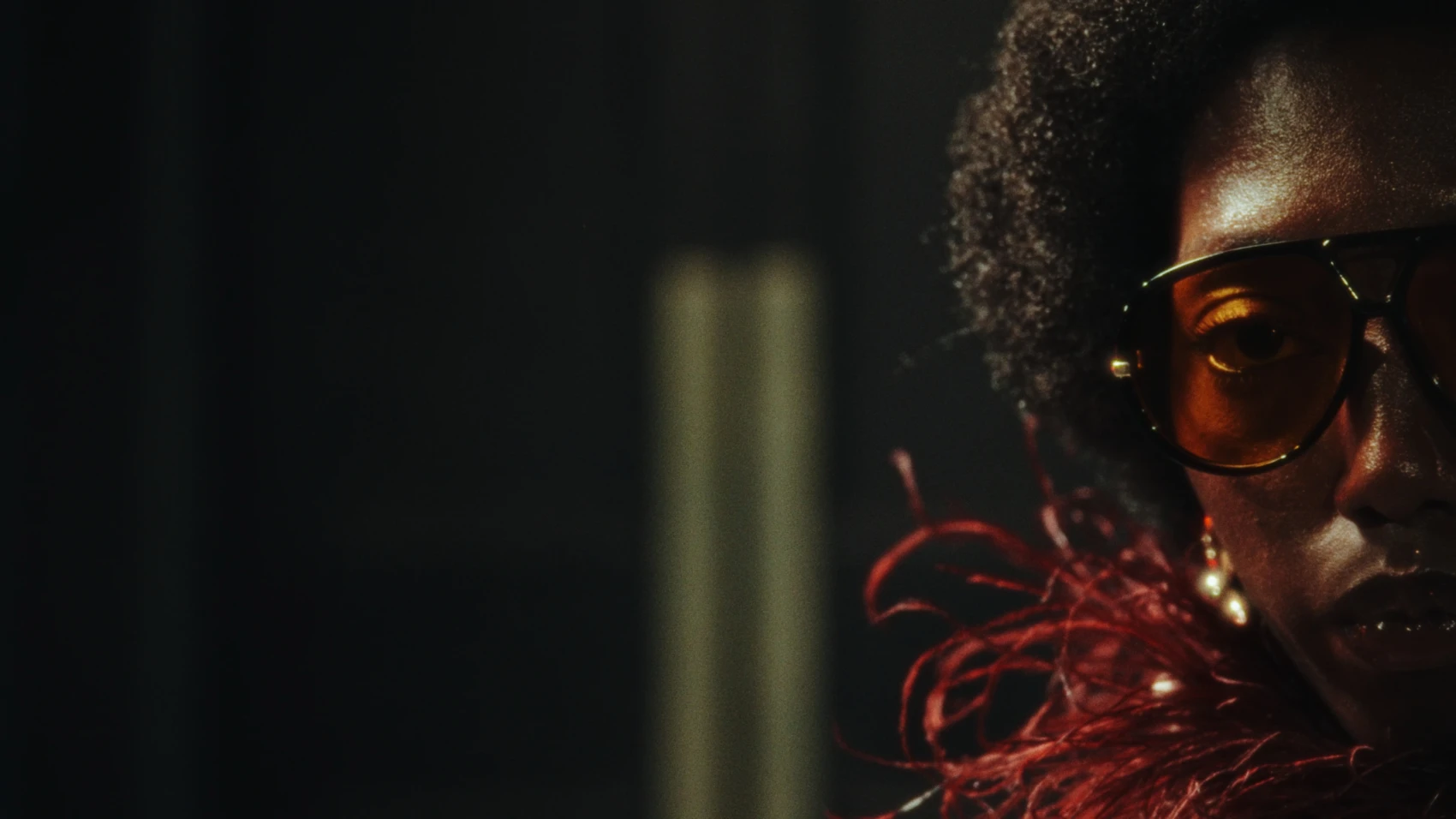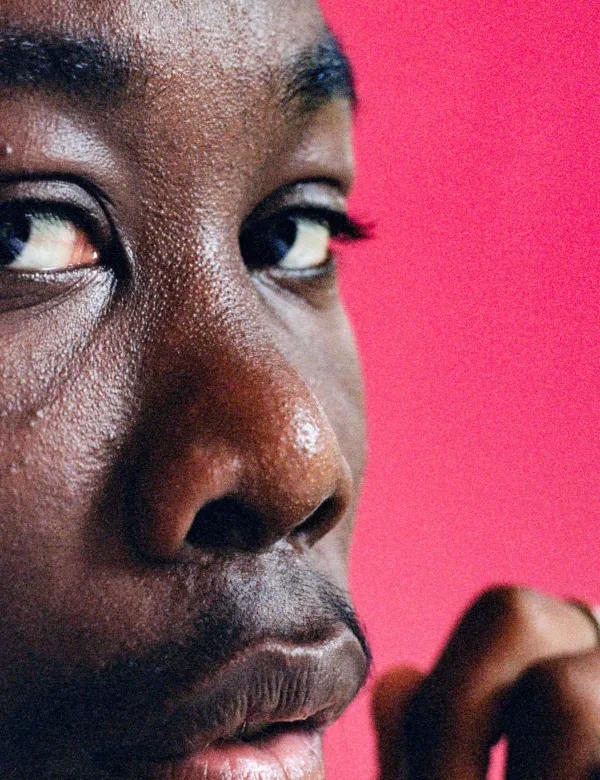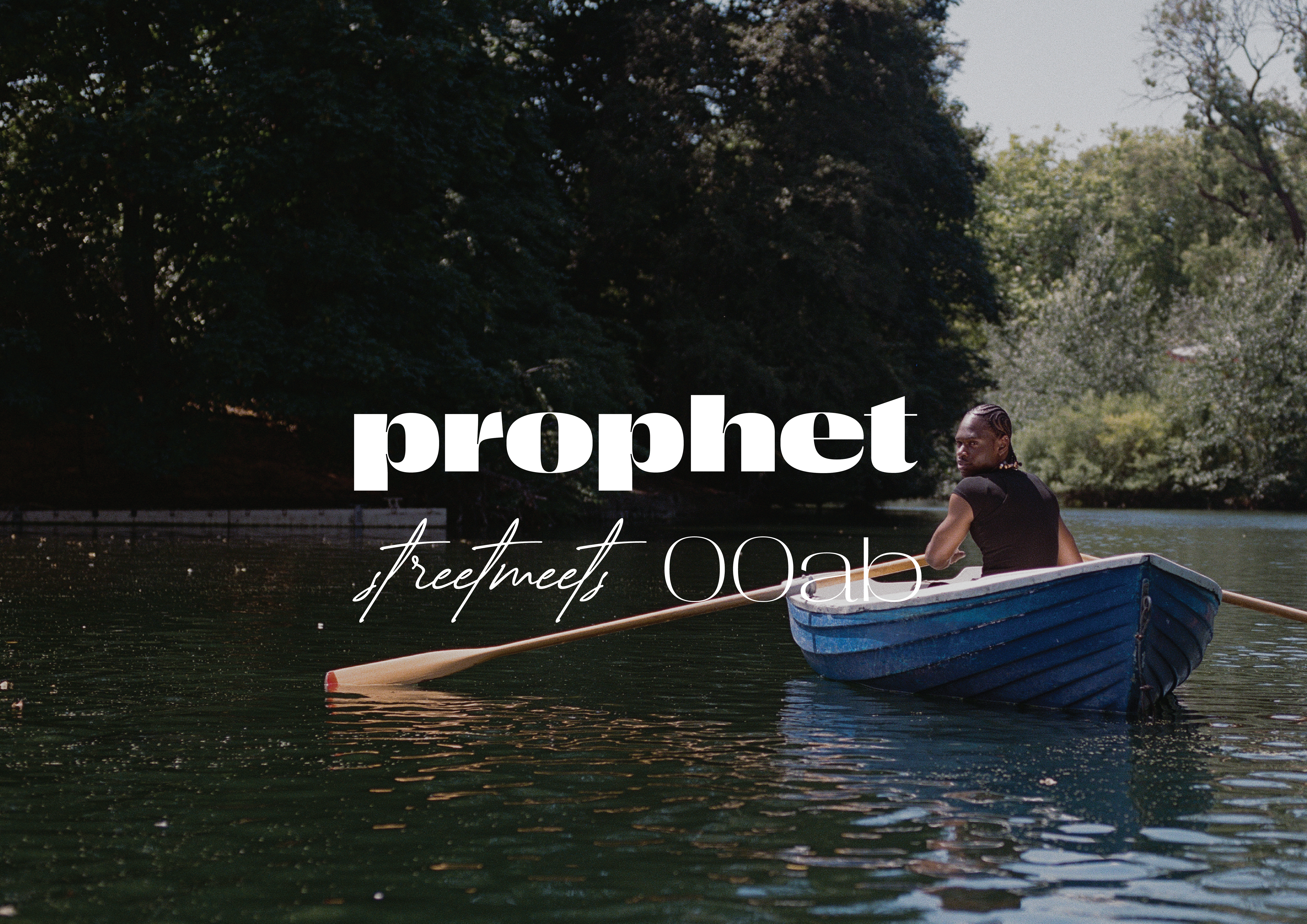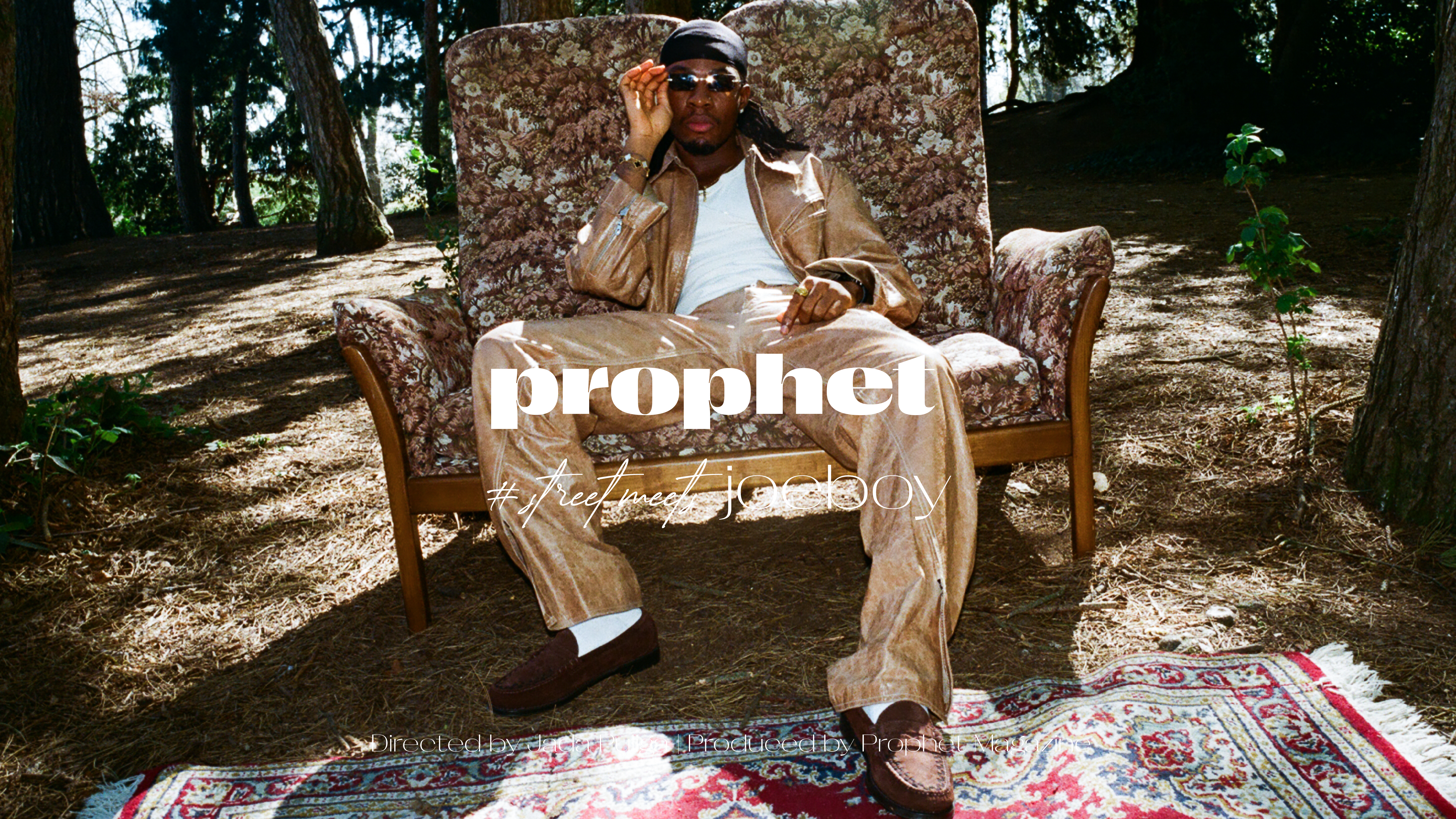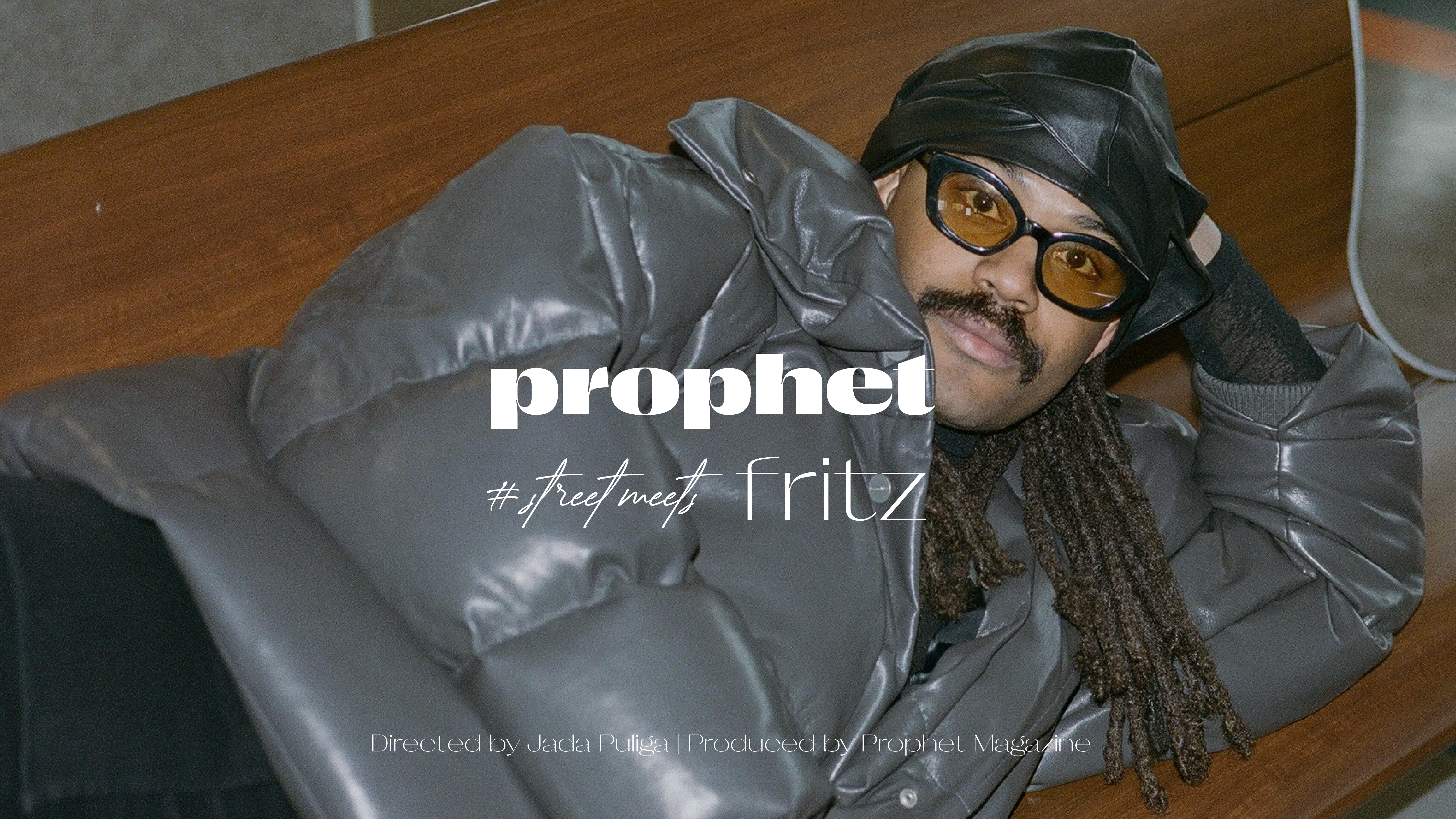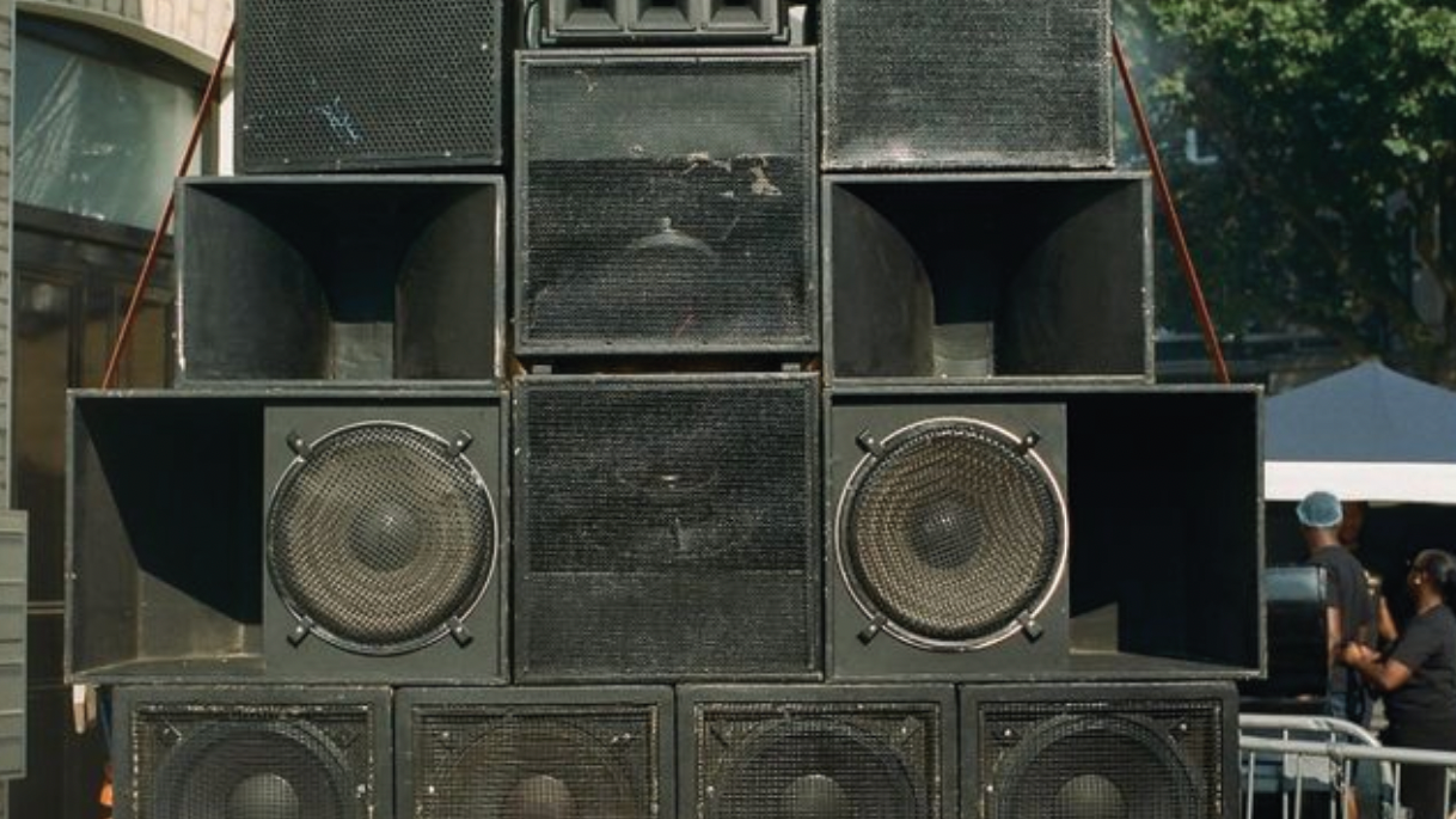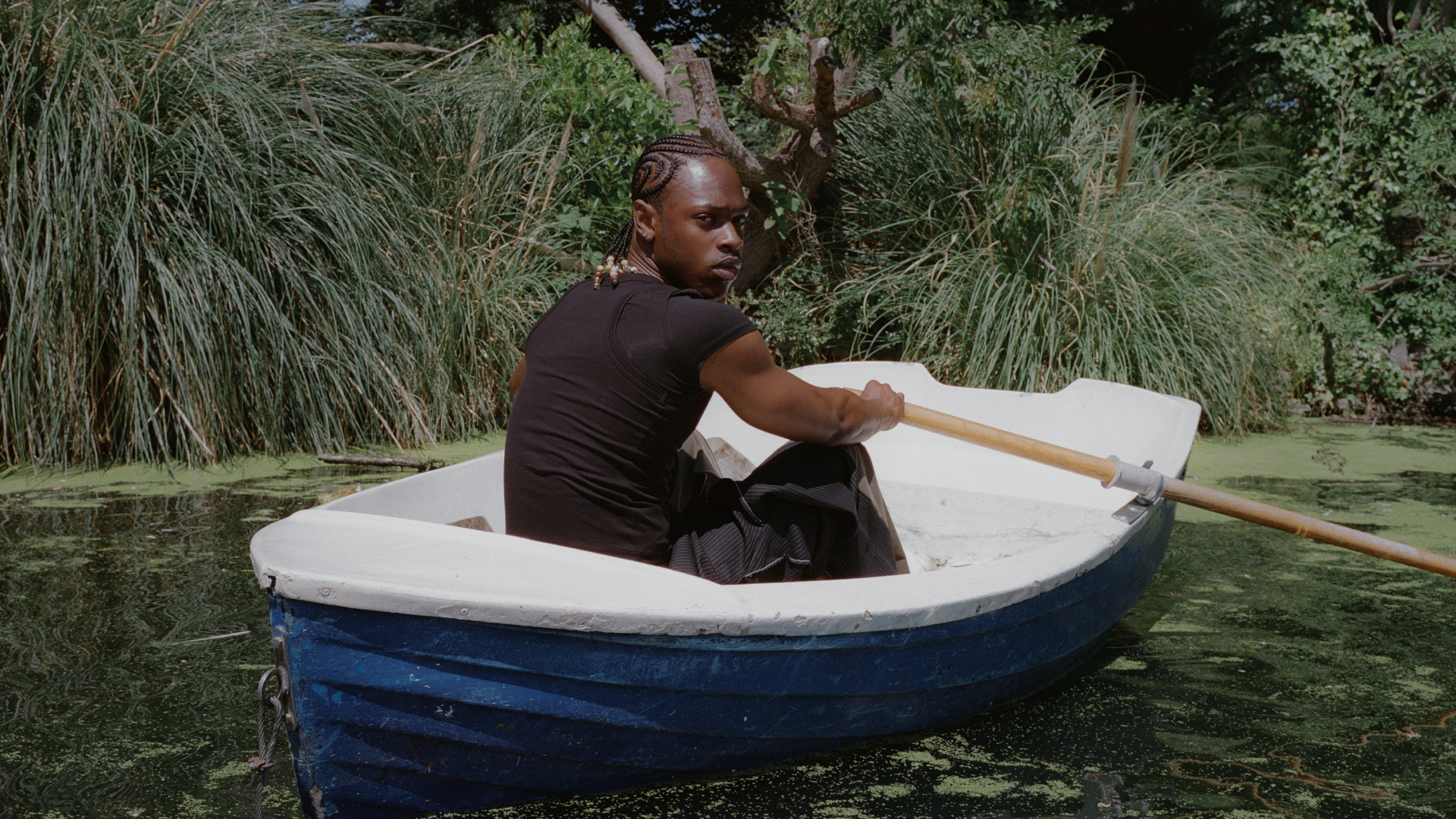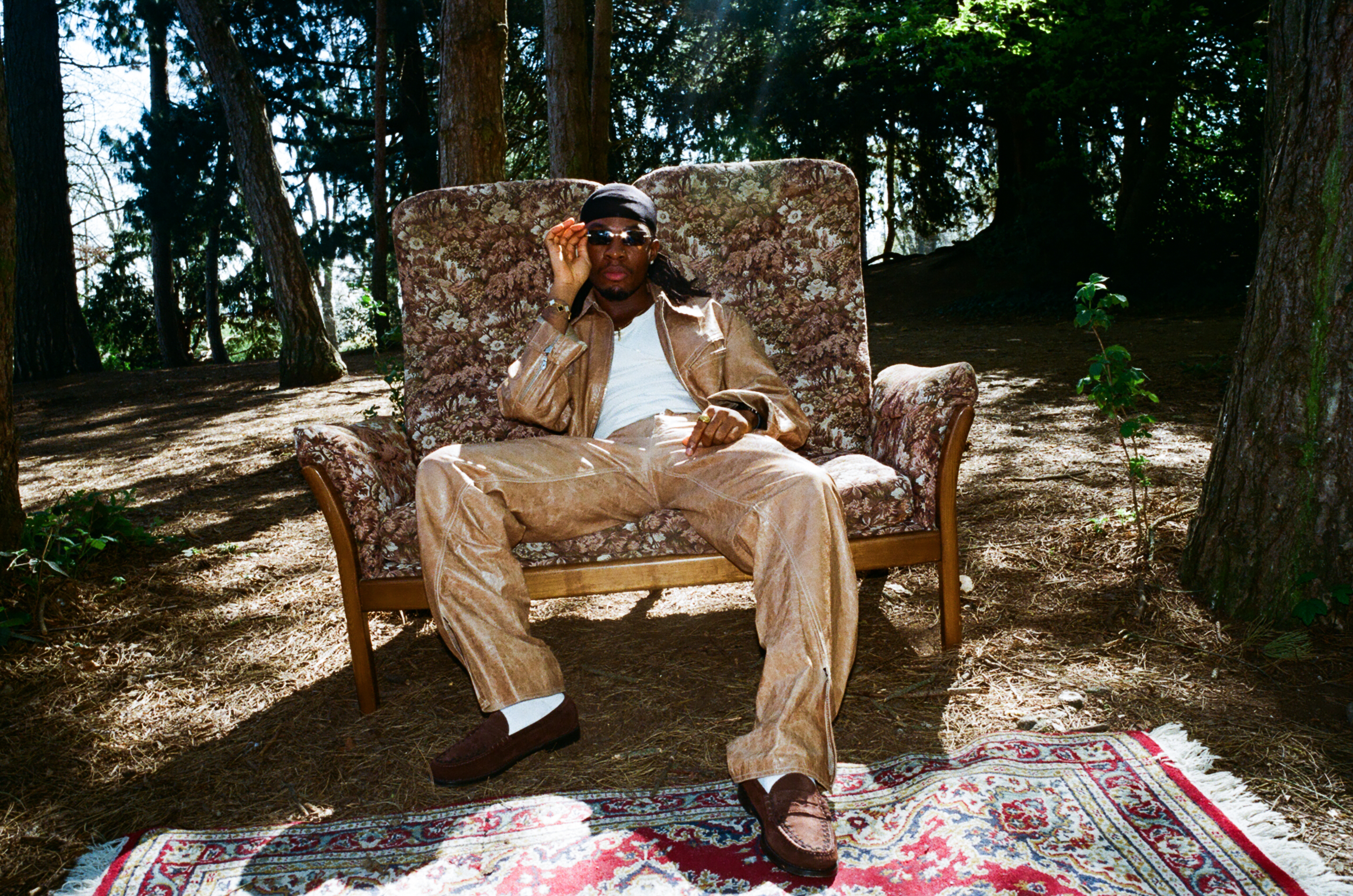A conversation with: Brandon Deneer
Prophet: What’s your name and what do you do?
Brandon: My name is Brandon Deener. I’m a Painter, Music Producer, Lyricist, and Multi-hyphenate.
Prophet: Where are you based? How has your upbringing in Memphis influenced your creative journey?
Brandon: I’m based in Los Angeles. Memphis was the perfect training ground for me. There wasn’t much exposure there when I was in search of a big break. There’s something in the water in Memphis, and what I’ve gained from being there has followed me throughout my career.
Prophet: You transitioned from producing music for icons like Missy Elliott and Lil Wayne to becoming an Afrofuturist artist. What inspired this shift, and how does your music background inform your visual art?
Brandon: Ultimately, I decided to pour into myself rather than building up others. Reinvention inspired this shift; I wanted to take the reins of my own career. Art gave me liberation in ways music couldn’t at the time. It became solely about me. My understanding of hearing and creating music informs my approach to art, which also forced me to improve if I wanted to be great in the space. I had to strengthen certain areas—business savvy, public speaking, reading more, professionalism, etc. I embraced evolution and every aspect of betterment. It was like a second wind, another opportunity to prove I’m worthy of worldwide notoriety.
Prophet: Afrofuturism is a significant part of your identity as an artist. How do you define Afrofuturism?
Brandon: I’m most inspired by the absolute mysticism of the genre. Afrofuturism is timeless; it explores themes of spirituality, power, magic, Black cool, technology, and more. I think the classic movie The Wiz was my first dose of Afrofuturism! There’s something so divine about the portrayal of the sets. They were otherworldly, mystical, and evoked curiosity. Those early feelings I felt are what I aim to depict in my work.
Prophet: Can you share how you approach color in your work and what emotions or narratives you aim to convey through these choices?
Brandon: My approach to color improved over time. I think about fashion a lot, moods, and how certain color combinations make me feel. I became conscious of how they complement one another. In the beginning, I grabbed random colors and threw them on the canvas. Now I’m more intentional about how they work together on canvas.
Prophet: Many of your works include nostalgic elements, such as classic cars reimagined as futuristic vehicles. What role does personal history and nostalgia play in your creative process?
Brandon: Nostalgia invokes a feeling; it’s a portal. It has the potential to catapult you back in time to a great memory or moment. For that reason, I choose to recreate those portals in my work. The vehicles are my favorite. When I was younger, as I thought of the future, I envisioned flying or hovering cars. They pop up in my work from time to time with a childlike essence that reminds me of the cars I drew as a kid.
Prophet: Your work often emphasizes “Black Cool” and celebrates the beauty of Black culture. What messages do you hope to communicate through this artistic documentation?
Brandon: My work is a commentary on resilient and creative people. Our fashion, sense of style, the way we walk, talk, and express ourselves are all tied up in my aesthetic. If I executed a painting of a woman who’s in the middle of saying something, I would render it in a way that makes you feel as if you can hear the words she’s saying. There’s soul in that. It becomes alive. The message is: we’re not just a people. We are fly, amazing, brilliant. I just coined an acronym—FAB! We are F.A.B.!!!!!
Prophet: Your exhibition “Resonance” merges visual art with sound. How do you approach creating a cohesive experience that blends these two forms of expression?
Brandon: Playing music while painting is paramount! Sometimes it can feel like something takes over my brush. After all, I’m just a conduit surrendering to a higher power. It’s all about intent. I wanted people to hear and feel the music when they see the work. The word “Resonance” is such a great word, and its meaning as it pertains to music is profound. When it happens, it’s like a sacred code is cracked.
Prophet: You’ve mentioned struggling with depression and negative thinking earlier in your career. How has art been therapeutic for you, and what advice would you give to others facing similar challenges?
Brandon: Art has been the best therapy. My advice to others is to do something that excites them or puts a smile on their face. For me, it was creating—whether music, drawing, or painting. Go outside and frolic amongst the trees in nature, sit on the grass, meditate, ground yourself, and refocus your sights on what makes you come alive. Pray, meditate!!
Prophet: What’s one thing you wish you knew about the creative industry before you entered it?
Brandon: Music was the first creative industry I embarked on. I wish I had known early on how to navigate politics. Working in the arts helped me gain the tools I lacked previously. I did the work.
Prophet: Can you truly be great at more than one creative medium?
Brandon: Yes, greatness is for everyone in whatever medium they choose, should they decide to accept putting in the work it will take to achieve it. We all have, or can have, access to the same raw materials as everyone else.
Prophet: What do you hope your artistic contributions inspire?
Brandon: That nothing is impossible. It’s all about making the decision to carve out a slice of our 24 hours and put a plan in motion. Believe in yourself and quiet the noise. Faith is free, and it works wonders! God is the greatest!
Prophet: If you could ask another creative a question, what would it be?
Brandon: Depends on the creative, but I would be interested in knowing what keeps them going! That rhymed!
